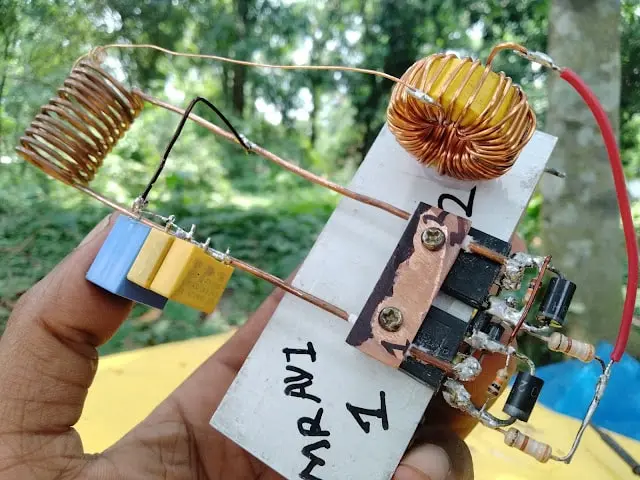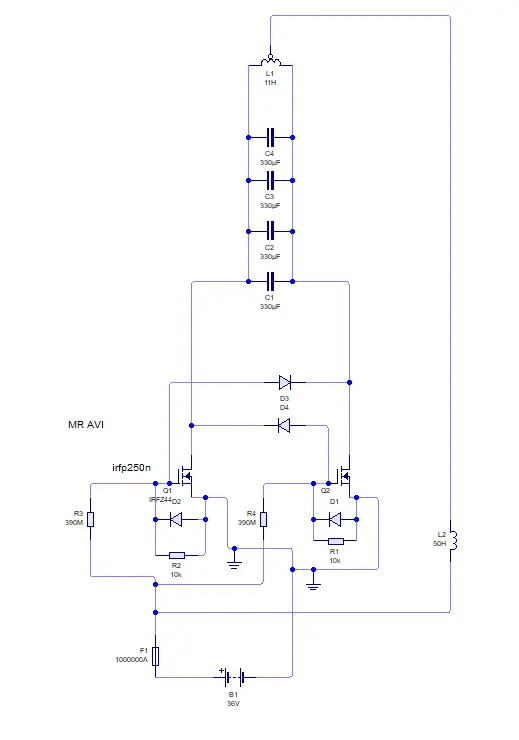
What is Induction Heating?
By using electromagnetic fields instead of physical contact, induction heating creates heat inside conductive materials. It is based on the electromagnetic induction principle, which Michael Faraday discovered in the early 19th century. A coil produces an alternating magnetic field when an alternating current (AC) travels through it. When conductive materials are placed within the field’s range, this alternating magnetic field causes eddy currents that heat them up owing to resistance.
Understanding the Basics of Induction Heating
Understanding electromagnetic induction and Joule heating are crucial for understanding the fundamentals of induction heating. When a nearby conductor develops a current due to a changing magnetic field, this is known as electromagnetic induction. Joule heating, often referred to as ohmic heating, results from a material’s resistance to an electric current, which causes the production of heat. These ideas are used in induction heating to create effective and precise heating.
Advantages of Induction Heating
Several industries use induction heating because it has many advantages over conventional heating techniques. Among the principal advantages of induction heating are:
- fast and exact heating
- usage of less energy
- Results that can be controlled and repeated
- No need for direct communication
- Equipment that is portable and small
- decreased heating time, increased output

Materials and Tools Required
Before beginning the construction process, gather the materials and tools required to make your 12-volt induction heating. The supplies you will need are listed below:
Building the Circuit
The circuit that governs how your induction heater operates is its brain. The circuit is made up of numerous parts that combine to produce the required alternating current and control the induction heating procedure. How to construct the circuit:
- Initially, create the printed circuit board’s circuit layout (PCB).
- Decide where the MOSFET transistor, diode, capacitor, and resistor should go.
- Make sure the connections and polarity are correct as you solder the components onto the PCB.
- Connect the circuit to the induction heating coil.
- To let heat escape from the MOSFET transistor while it is operating, attach a heat sink to it.
Schematic diagram download

- Also Read This Article:- How to Make a BLDC Motor ESC Using MOSFET
- Also Read This Article:- 5V PWM Signal Booster Convert 12V PWM Signal Generator
- Also Read This Article:- How to Make a BLDC Motor ESC Using MOSFET
List:
- Power MOSFET IRFP250 (2)
- 10k resistor (2)
- 390-ohm resistor /
- 470ohm (2)
- 1N5408 diode (4)
- 330nf capacitor (7)
- coil 50 turns
- 5-0-5 turns copper wire
- Coil 24v/36v input
circuit diagram download Original:
Conclusion
Congrats for finishing the 12-volt induction heater you manufactured yourself! In this post, we looked into the realm of induction heating and discovered its foundations, benefits, and uses. You now possess the skills necessary to build your own portable induction heater to suit a range of heating requirements by carefully following the step-by-step instructions and circuit diagram supplied. While investigating the countless applications of induction heating, keep safety top of mind at all times.
FAQ
Can I power the induction heater with a different voltage?
Absolutely, however it’s important to make the necessary adjustments to the circuit parts to meet the appropriate voltage. For appropriate ratings, refer to the component datasheets.
How efficient is a homemade induction heater?
Handmade induction heaters are capable of operating at high efficiencies, usually greater than 80%. However, factors including circuit design, the caliber of the coil, and heat dissipation affect efficiency.
What are the safety precautions to consider during operation?
Use the right safety clothing, make sure there is adequate ventilation, and keep your distance from any live parts when using the induction heater. Moreover, adhere to regional electrical safety regulations.
Can I use an induction heater for cooking purposes?
Despite the fact that it is physically conceivable, induction heaters made specifically for cooking are enhanced for security, efficiency, and accurate temperature control. For culinary applications, it is advised to use specialized induction cooktops.
Are there any limitations to the size of objects that can be heated?
The power and size of the induction heating coil determine the size of the objects that can be heated. Bigger coils can hold heavier things, although heating effectiveness may be inconsistent.
How can I control the heating temperature?
Induction heating can be used to regulate temperature using a variety of techniques, such as changing the input voltage, the duty cycle, or adding a feedback control.